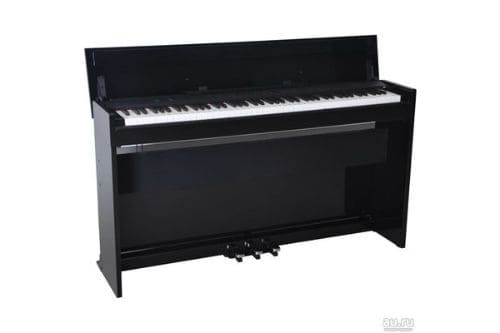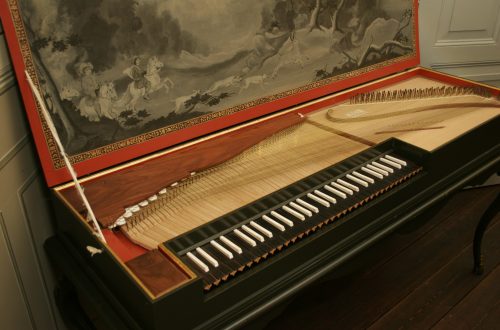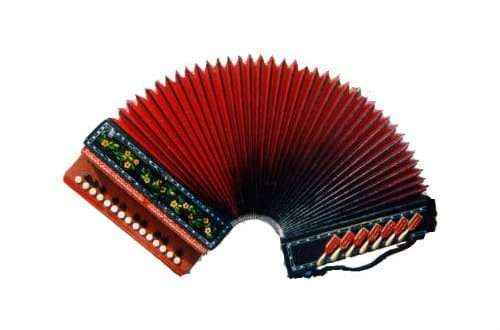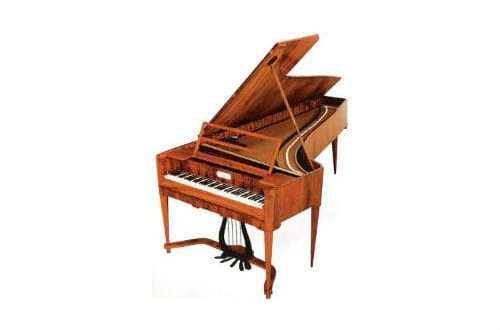
Digital piano: what is it, composition, advantages and disadvantages, how to choose
Contents
“Digital” is actively used by musicians and composers due to its wider possibilities and many functions than the acoustic piano. But along with the advantages, this musical instrument also has its disadvantages.
Tool device
Externally, the digital piano resembles or completely repeats the design of a conventional acoustic piano. It has a keyboard, black and white keys. The sound is identical to the sound of a traditional instrument, the difference is in the principle of its extraction and device. The digital piano has ROM memory. It stores samples – unchangeable recordings of analogues of sounds.
ROM stores acoustic piano sounds. They are of good quality, as they are carried over from the most expensive piano models when using high-quality acoustics and microphones. At the same time, each key has a record of several samples corresponding to the sharp or smooth dynamics of the impact on the hammer mechanism of an acoustic piano.
The speed and force of pressing are recorded by optical sensors. Holding down a key for a long time causes the sound to repeat over and over again. Playback is through speakers. Some manufacturers of expensive models equip them with additional functionality – resonating sounds, the effect on pedals, and other mechanical parts of an acoustic instrument.
The digital piano can completely repeat the shape of the traditional body, be installed permanently on the floor, occupying a certain place in the space of the hall or room. But there are also more compact specimens that can be removed or transported. The size depends on the number of keys in the keyboard. They can be from 49 (4 octaves) to 88 (7 octaves). The full-key instrument is suitable for all piano parts and is recommended for academic musicians.

How is it different from piano and synthesizer
An uninitiated person will not immediately determine the difference – a device with ROM-memory sounds so realistic. Everything is “faulted” by the identity of the keyboard and pure acoustic sound.
The fundamental difference between a digital piano and a piano is the lack of hammer action. Impact on the keyboard does not result in the strings being struck inside the case, but in playing them from the ROM. In addition, unlike conventional pianos, the depth, power and richness of the sound of an electronic grand piano does not depend on the size of the cabinet.
There is also a difference between a digital piano and a synthesizer, although some people confuse these instruments. The latter was created for the synthesis, transformation of sounds. It has more functions, modes, auto accompaniment and controls, allows you to change tones while playing or recording.
Representatives of the keyboard family can also differ in other characteristics, for example, dimensions. The synthesizer is more mobile, and therefore has a lighter, usually plastic case, always without legs and pedals. Its internal filling is more saturated, the device is connected to an external sound system, but is not capable of reproducing “clean” acoustic sound.

Advantages and Disadvantages of a Digital Piano
A professional academic pianist with a conservative outlook will always prefer acoustics. It will find the disadvantages of a digital analogue in:
- a set of samples provided by the manufacturer;
- limited sound spectrum;
- different way of working fingers.
However, the shortcomings can be minimized if you purchase a “hybrid” with the usual wooden keys and hammers that hit the sensor.
Modern performers find more advantages:
- no need for regular tuning;
- more modest dimensions and weight;
- the possibility of improvisation – arranging, imposing sound special effects;
- you can turn down the volume or put on headphones so as not to disturb others;
- You don’t need an equipped studio to record music.
The argument in favor of the “numbers” is the cost, which is always lower than that of acoustics.

How to choose a digital piano
For beginners, it is not necessary to buy an expensive acoustic instrument. The analog’s weighted keyboard allows you to control the force of the touch, which does not give a synthesizer, which most educators are against. The choice may be affected by the dimensions, width, height of the case. The compact lightweight version is perfect for students.
To choose the best instrument, you need to pay attention to the sound processor. The more modern it is, the better it is, the better. This element is the main one, like a computer, the whole process of the Play depends on it.
A good digital piano should have sufficient polyphony. For beginners, 64 votes will be enough, while professionals will need more. The sound quality is also affected by the number of timbres, it is good if there are more than 10 of them.
Speaker power also matters. If a pianist is going to play music in an apartment, then a power of 12-24 watts will do. Interest and pleasure from the Play will be greater if the device is equipped with auto accompaniment and the function of recording the Play on any medium.





